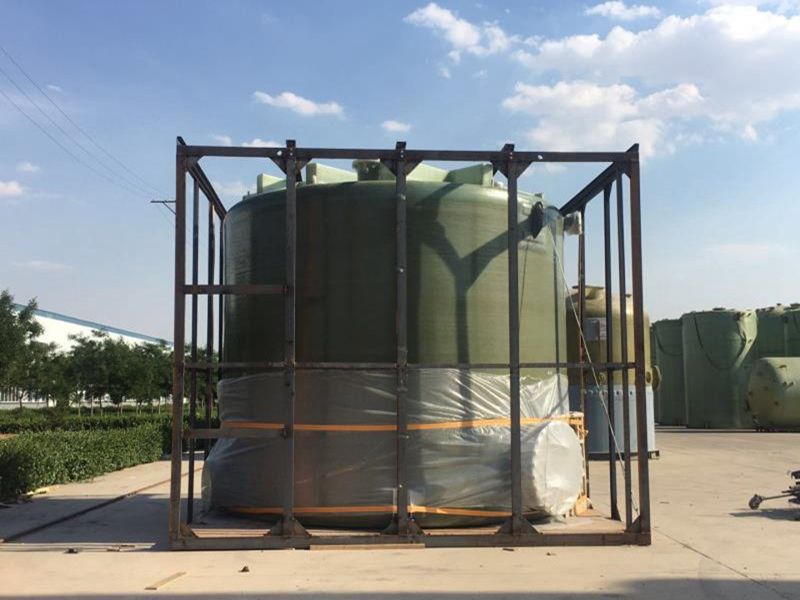
-
 Afrikaans
Afrikaans -
 Albanian
Albanian -
 Amharic
Amharic -
 Arabic
Arabic -
 Armenian
Armenian -
 Azerbaijani
Azerbaijani -
 Basque
Basque -
 Belarusian
Belarusian -
 Bengali
Bengali -
 Bosnian
Bosnian -
 Bulgarian
Bulgarian -
 Catalan
Catalan -
 Cebuano
Cebuano -
 China
China -
 China (Taiwan)
China (Taiwan) -
 Corsican
Corsican -
 Croatian
Croatian -
 Czech
Czech -
 Danish
Danish -
 Dutch
Dutch -
 English
English -
 Esperanto
Esperanto -
 Estonian
Estonian -
 Finnish
Finnish -
 French
French -
 Frisian
Frisian -
 Galician
Galician -
 Georgian
Georgian -
 German
German -
 Greek
Greek -
 Gujarati
Gujarati -
 Haitian Creole
Haitian Creole -
 hausa
hausa -
 hawaiian
hawaiian -
 Hebrew
Hebrew -
 Hindi
Hindi -
 Miao
Miao -
 Hungarian
Hungarian -
 Icelandic
Icelandic -
 igbo
igbo -
 Indonesian
Indonesian -
 irish
irish -
 Italian
Italian -
 Japanese
Japanese -
 Javanese
Javanese -
 Kannada
Kannada -
 kazakh
kazakh -
 Khmer
Khmer -
 Rwandese
Rwandese -
 Korean
Korean -
 Kurdish
Kurdish -
 Kyrgyz
Kyrgyz -
 Lao
Lao -
 Latin
Latin -
 Latvian
Latvian -
 Lithuanian
Lithuanian -
 Luxembourgish
Luxembourgish -
 Macedonian
Macedonian -
 Malgashi
Malgashi -
 Malay
Malay -
 Malayalam
Malayalam -
 Maltese
Maltese -
 Maori
Maori -
 Marathi
Marathi -
 Mongolian
Mongolian -
 Myanmar
Myanmar -
 Nepali
Nepali -
 Norwegian
Norwegian -
 Norwegian
Norwegian -
 Occitan
Occitan -
 Pashto
Pashto -
 Persian
Persian -
 Polish
Polish -
 Portuguese
Portuguese -
 Punjabi
Punjabi -
 Romanian
Romanian -
 Russian
Russian -
 Samoan
Samoan -
 Scottish Gaelic
Scottish Gaelic -
 Serbian
Serbian -
 Sesotho
Sesotho -
 Shona
Shona -
 Sindhi
Sindhi -
 Sinhala
Sinhala -
 Slovak
Slovak -
 Slovenian
Slovenian -
 Somali
Somali -
 Spanish
Spanish -
 Sundanese
Sundanese -
 Swahili
Swahili -
 Swedish
Swedish -
 Tagalog
Tagalog -
 Tajik
Tajik -
 Tamil
Tamil -
 Tatar
Tatar -
 Telugu
Telugu -
 Thai
Thai -
 Turkish
Turkish -
 Turkmen
Turkmen -
 Ukrainian
Ukrainian -
 Urdu
Urdu -
 Uighur
Uighur -
 Uzbek
Uzbek -
 Vietnamese
Vietnamese -
 Welsh
Welsh -
 Bantu
Bantu -
 Yiddish
Yiddish -
 Yoruba
Yoruba -
 Zulu
Zulu
1. frp flange blind
Understanding FRP Flange Blinds Applications and Benefits
In modern engineering and construction, materials science plays a crucial role in enhancing the performance and longevity of various components. One such innovative solution is the use of Fiber Reinforced Polymer (FRP) in manufacturing flange blinds. FRP flange blinds are becoming increasingly popular in industries ranging from chemical processing to wastewater management. This article explores what FRP flange blinds are, their applications, and their benefits.
What is an FRP Flange Blind?
An FRP flange blind is essentially a plate designed to cover an opening in a piping system. It is comprised of a composite material made from a polymer matrix reinforced with fibers, typically glass or carbon. The primary purpose of a flange blind is to provide a temporary seal on flanged connections in piping systems, preventing the flow of fluids or gases. Unlike traditional metal blinds, FRP blinds offer unique advantages due to their material composition.
Applications of FRP Flange Blinds
FRP flange blinds are highly versatile and can be utilized in various applications
1. Chemical Processing In industries dealing with corrosive substances, FRP blinds offer an excellent option due to their resistance to various chemicals. They can be used to isolate sections of a piping system for maintenance or repair without fear of deterioration.
2. Water and Wastewater Management The water treatment industry often encounters highly corrosive environments. FRP flange blinds are ideal for sealing flanged connections in water treatment facilities, ensuring that processes are carried out smoothly and effectively.
3. Oil and Gas The oil and gas sector requires reliable solutions for managing flow and preventing leaks. FRP flange blinds can be employed in onshore and offshore applications where traditional materials may not provide the required durability and resistance.
4. Food and Beverage Industry FRP materials are often used in food processing applications due to their non-corrosive properties. Flange blinds made from FRP can help maintain hygiene and prevent contamination.
5. Renewable Energy In wind, solar, and other renewable energy sectors, FRP materials are increasingly utilized for their lightweight and strong characteristics, making FRP flange blinds a fitting choice for various applications.
1. frp flange blind

Benefits of Using FRP Flange Blinds
The advantages of FRP flange blinds over traditional materials are numerous
1. Corrosion Resistance One of the most significant benefits of FRP is its exceptional resistance to corrosion. This property not only extends the lifespan of the blinds but also reduces maintenance costs over the long term.
2. Lightweight FRP materials are considerably lighter than metals, making installation easier and safer. This feature can lead to reduced shipping costs and simplified handling during installation.
3. Durability FRP flange blinds are engineered to withstand harsh environments. They can endure temperature fluctuations and extremes, maintaining their performance over time.
4. Ease of Fabrication The manufacturing process for FRP allows for customizable designs and sizes to accommodate various flange dimensions, making it easy to tailor the blinds for specific needs.
5. Cost-Effectiveness While the initial costs of FRP materials may be higher than traditional metals, the reduced maintenance and replacement costs associated with their longevity often make them a more economical choice in the long run.
6. Non-Conductive Properties FRP materials are non-conductive, reducing safety risks associated with electrical hazards, particularly in environments where electricity is a concern.
Conclusion
FRP flange blinds represent a significant advancement in material technology for industries that require reliable and durable sealing solutions. Their ability to resist corrosion, combined with their lightweight nature and cost-effectiveness, makes them an attractive alternative to traditional metal blinds. As industries continue to seek better materials that meet the demands of modern processes, the use of FRP flange blinds is expected to grow, resulting in increased operational efficiency and enhanced safety across various sectors. As we move towards a future that values sustainability and innovation, the adoption of FRP flange blinds will undoubtedly play a pivotal role in achieving these goals.









